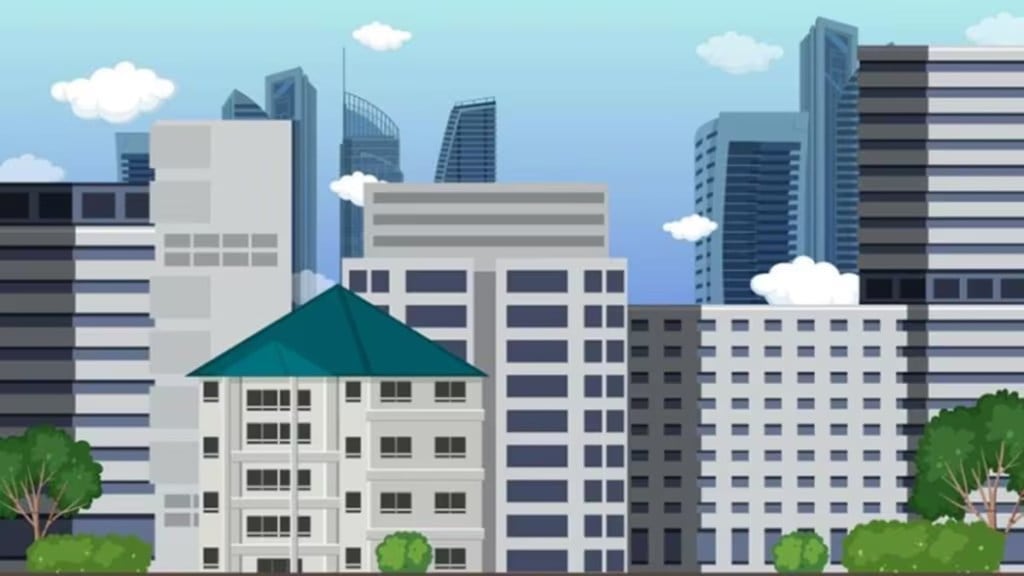With their credit profiles rising despite largely stagnant interest rates, top commercial property developers have been able to borrow against rent receivables at a rate lower by 75-to-100 basis points in the past year.
Lease rent discounting (LRD) rates for top commercial property developers fell also because of higher liquidity in the market, generated by the RBI’s curbs on “evergreening of loans” and the strengthened real estate law driving away fly-by-night developers, according to experts.
“Banks have been lending selectively and lending based on quality of assets has improved with policy interventions by the government and the RBI,” said Raj Menda, chairman of the supervisory board and co-founder, RMZ, one of the largest office developers in the country.
Menda said the curbs on “evergreening of loans” and the Real Estate (Regulation and Development) Act, 2016, which mandated the creation of the Real Estate Regulatory Authority (RERA), have turned out to be beneficial to quality developers. Evergreening, in simple terms, means rolling over of loans.
Menda said they have raised LRD loans at an interest rate as low as 6.50-6.75% in the recent past. “It all depends on the quality of tenants and rating of rent receivables,” he said.
Vishal Srivastava, executive director, Anarock Capital, which helps developers raise funds, said top property developers are getting an average LRD rate of 8.5% now compared with 9.4-9.5% a year ago. Smaller developers are getting it at 9% compared with 9.5% a year ago, he said.
Another senior finance executive said public sector banks are ready to provide LRD loans at 8.15% to top landlords such as Blackstone.
Srivastava said LRD is considered one of the safest space to lend in real estate wherein the call is more on the quality of asset, location and tenant. “This, coupled with the fact that there is ample liquidity in the banking sector and globally there is downward pressure on interest rates, has given lenders the ability to lend at lower rates,” he added.
What has also helped is the continued focus on GCCs and record leasing in 2024, when about 75 million square feet of office properties were rented.
Mahaveer Jain, director, India Ratings & Research, agrees. Though the cost of debt remained stagnant in recent years, credit profiles of reputed builders have improved owing to the growth seen in the real estate sector post the pandemic, he said, adding that this “may have resulted in a reduction in the credit spread for these players, reducing the interest rates.”
Interest rates remained largely stagnant in the past year, especially until last month when the Reserve Bank of India (RBI) cut the repo rate by 25 bps for the first time in five years.
India Ratings’ commercial real estate portfolio has seen nine rating upgrades in the past two years, reflecting the improvement in its credit profile, he added.
Last month, Crisil Ratings revised its outlook on long-term bank facilities and non-convertible debentures of DLF to “positive” from “stable”.
The CEO of a private equity fund said that some developers’ credit profiles have improved and they have been coaxing banks to give better LRD rates. “LRDs are a safer bet for banks, which are chasing good companies and assets to lend,” he said.

